Indirect taxes
Specific (fixed amount) taxes and ad valorem (percentage) taxes and their impact on markets
Aim of imposing indirect taxes:
- To raise tax revenues → Government spending
- Internalize externalities → Achieve socially optimal level of output
Types of indirect tax:
Specific tax: is where a fixed amount of tax is imposed upon a product.
- Shifts supply curve vertically upward by the amount of the tax
- i.e. A tax of $1 per unit → supply shifts $1 unit upward
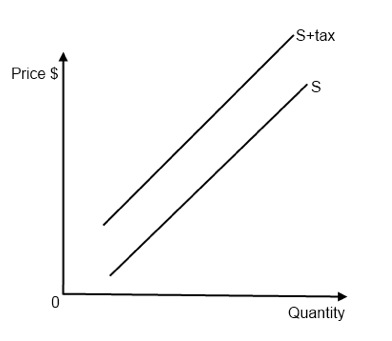
2. Ad valorem tax: is where the tax is a percentage of the selling price.
- Gap between S & S+tax gets bigger
- i.e. A percentage tax of 20%?at $5, tax $1; at $10, tax $2
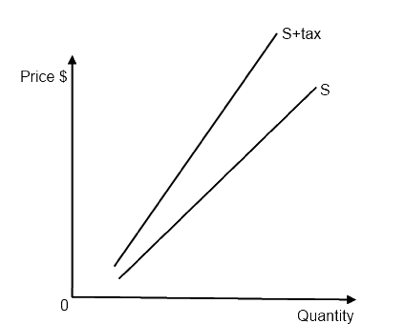
Figure 3.2 - The effect of ad valorem tax on the supply curve
When either specific taxes or valorem taxes are imposed, the market will shrink in size (decrease in quantity), thus possibly lower the level of employment in the market, since firms might employ fewer people. (Curve shifts up because it increases costs of production.)
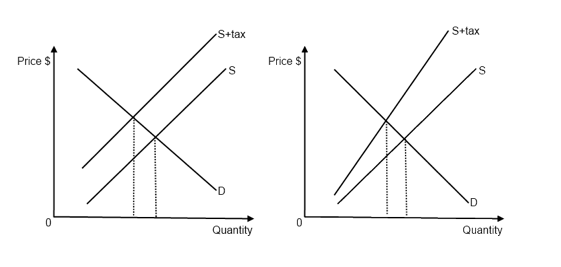
Figure 3.3 - Shift in supply curve due to indirect tax
Consequences of imposing an indirect tax:
- Producer: revenue falls (from P1xQ1 to P2xQ2)
- Consumer: price of the product rises (from P1 to P2)
- Government: receives tax revenue [(P2-P3)xQ2]
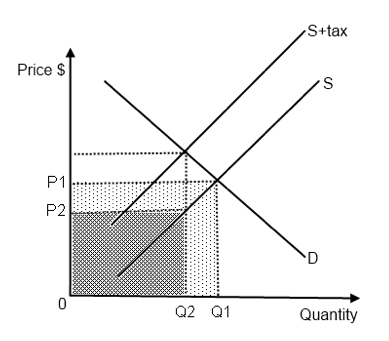
Figure 3.4 -The effect of an indirect tax
Tax incidence and price elasticity of demand and supply

Figure 3.5 - Distribution of the tax burden
Forward diagonal lines: Tax burden on consumers
Backward diagonal lines: Tax burden on producers
Vertical lines: Deadweight loss (loss of consumer & producer surplus)
Tax incidence differs depending on the PED & PES of the product:
- Tax incidence on producer: (P1-P3)xQ2
- Tax incidence on consumer: (P2-P1)xQ2
- Price of the product: rises from P1 to P2
PED & PES (of a product)
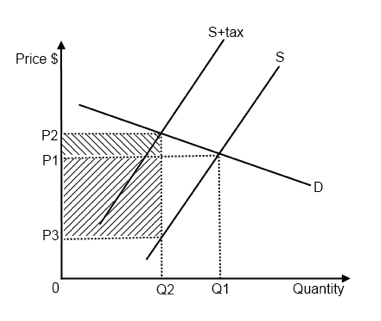
Figure 3.6 - Effect of an indirect tax on an elastic demand curve
- After the tax is imposed, the producer would like to raise the price up to P1 and pass on all the tax to consumers
- However, there is excess supply, and by market mechanism, price has to fall and a new equilibrium P2Q2 is formed
- At price P2, quantity Q2 is both demanded and supplied
P2-P1 Tax incidence on consumer
P1-P3 Tax incidence on producer
If a good with inelastic demand is taxed, the tax burden can be easily passed on to the consumer (PED is less than PES)
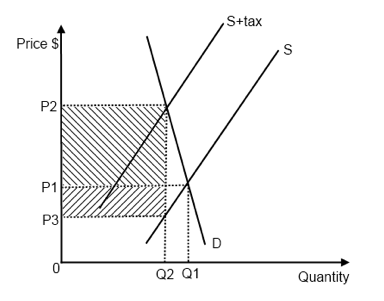
Figure 3.7 - Effect of an indirect tax on an inelastic demand curve
P2-P1 Tax incidence on consumer
P1-P3 Tax incidence on producer
